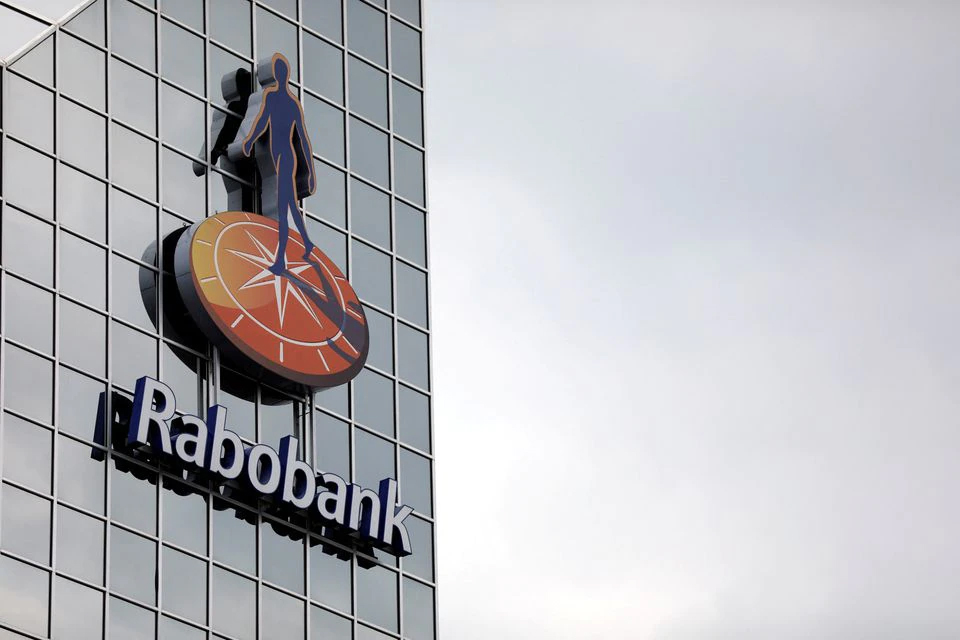Rabobank seeks to shake up Canadian farm lending, eyes 10-15% market share

Netherlands-based Rabobank NA (RABOVR.UL) is aiming to grab 10-15% of the Canadian farm lending market within 15 years, as it aims to shake up a sector dominated by government and domestic banks
by Rod Nickel – Reuters
Canada’s status as the world’s fifth-largest agricultural product exporter makes the country of 38 million people attractive to Rabobank, which specializes in global food and agriculture lending.
“To be an ag and food lender, you would be remiss if you weren’t in Canada,” Roxane Lieverse, Rabobank’s head of Canada Agricultural Banking, said in an interview. “We believe we have a sweet space coming in.”
Still, Rabobank is expanding into farm loans in a country that has proven tough for foreign lenders, resulting in many global institutions retreating in recent years. In November, HSBC became the latest foreign bank to seek to leave Canada, when it announced the sale of its Canadian unit to Royal Bank of Canada for C$13.5 billion.
“Rabobank expects Canadian farm lending to be profitable as many Canadian farmers prospered last year as wheat and canola prices spiked due to Russia’s invasion of Ukraine”












